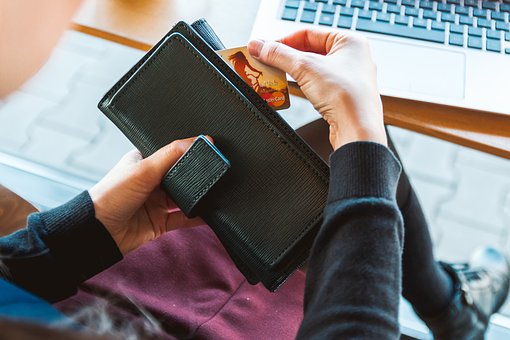One of the reasons why people get addicted to shopping is because they don’t know how to control their spending. This can be achieved by setting a budget and staying true to it.
In the long run, you will be surprised at how you’ve been able to take charge of your finances and achieve other goals that need money.

Here are some steps on how to create a budget
Track your spending
Knowing how much money goes in and comes out is important for you to prevent shopping addiction. Many people are unaware of how much they spend, and this is why it looks like they are not making enough money.
You might be surprised to discover that there are some unnecessary things that you should not be spending on.
More so, you might not be putting enough money aside for investments and savings. You can track your spending by listing your fixed expenses and variable expenses.
From your variable expenses, you will be able to eliminate some things that you should not be spending on.
Set realistic financial goals
If you have ever been in a tight corner where you needed emergency money, and you had no one to help you, it would become clear that you need to set financial goals. This begins by having a target for savings and investment.
Additionally, you need to keep some money aside for emergencies, not only for yourself but for your loved ones.
Setting short-term and long-term financial goals will help you to be more prudent.
Execute your plan to cut down on expenses
It is great to make plans to reduce your expenses, but it is more important to execute these plans so that you can prevent shopping addiction.
For instance, if the bills in the house are getting overbearing, you can consider getting someone to stay with you so that you can split the bills. This will help you save money on the plenteous bills and focus on your financial goals.





